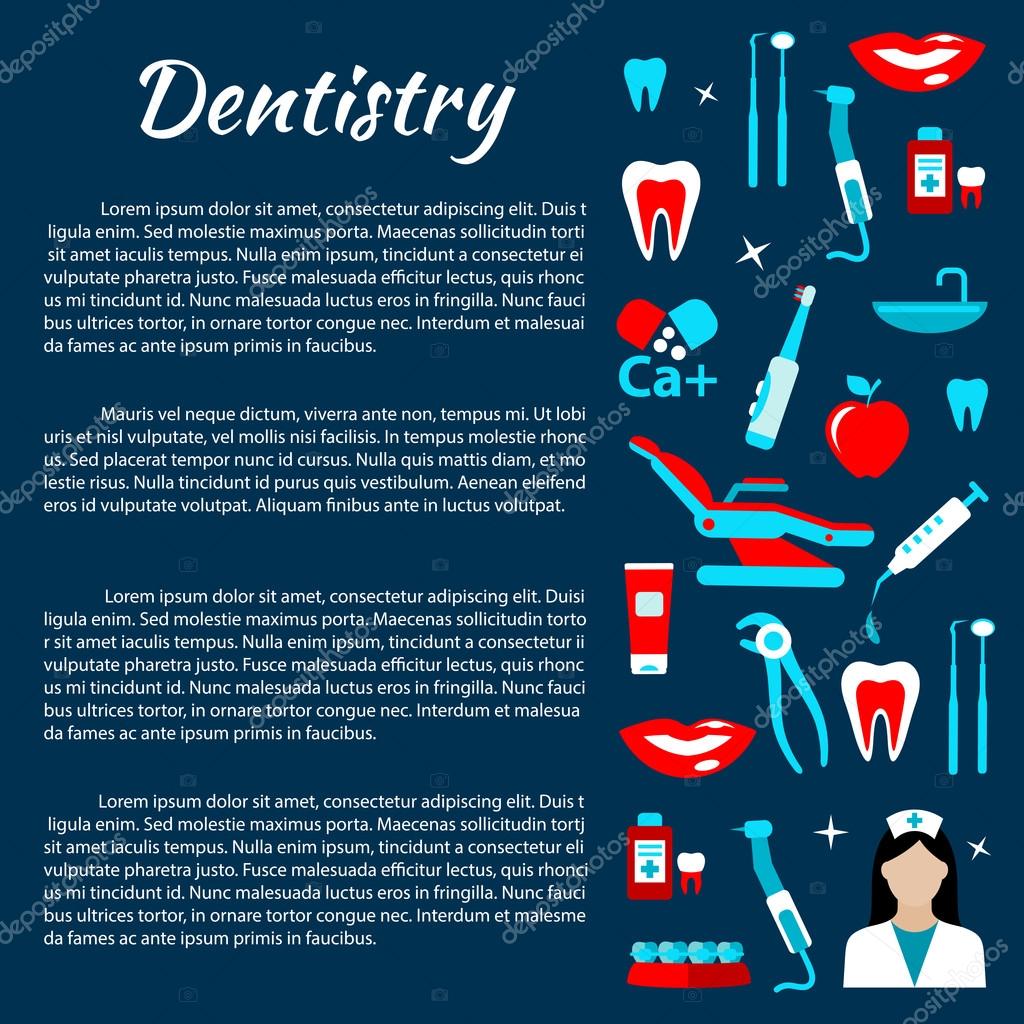The Next Period Of Dental Surgery: Development Innovations And Developments Improving The Specialty
The Next Period Of Dental Surgery: Development Innovations And Developments Improving The Specialty
Blog Article
Material Author-Johannsen Jonasson
Welcome to the globe of oral surgery, where developments and developments are forming the future of the area! In this exciting realm, you'll witness the transformative power of robotics, the advanced marvel of 3D printing, and the game-changing influence of minimally invasive techniques.
https://www.massdevice.com/henry-schein-to-acquire-dental-implant-manufacturer-sin-implant-system/ of dental surgery holds an assurance of accuracy, effectiveness, and enhanced client end results. With the help of innovative robotics, specialists have the ability to carry out intricate procedures with greater precision and control.
3D printing innovation is transforming the production of dental implants and prosthetics, using personalized services that fit seamlessly right into each client's unique composition.
Furthermore, minimally intrusive techniques are decreasing post-operative discomfort and recuperation time, allowing patients to return to their day-to-days live sooner.
Get ready to explore the exciting developments and advancements that are improving the landscape of dental surgery!
Innovations in Robotics
One major advancement in oral surgery is making use of robot modern technology, which allows for specific and efficient surgical procedures. With the help of robotic systems, oral surgeons have the capacity to perform complicated surgeries with improved accuracy, decreasing the risk of human mistake.
These robot systems are equipped with advanced imaging modern technology and accurate tools that enable doctors to browse through elaborate anatomical structures easily. By making use of robot modern technology, cosmetic surgeons can accomplish higher medical precision, resulting in boosted patient results and faster recuperation times.
In addition, using robotics in oral surgery allows for minimally invasive treatments, minimizing the injury to bordering cells and promoting faster healing.
3D Printing in Dental Surgery
To boost the area of dental surgery, you can discover the subtopic of 3D printing in oral surgery. This innovative modern technology has the possible to transform the method oral surgeons run and treat individuals. Here are four key ways in which 3D printing is forming the field:
- ** Custom-made Surgical Guides **: 3D printing enables the creation of very precise and patient-specific medical overviews, boosting the accuracy and performance of treatments.
- ** Implant Prosthetics **: With 3D printing, oral surgeons can create customized implant prosthetics that flawlessly fit a patient's one-of-a-kind anatomy, causing far better end results and patient satisfaction.
- ** Bone Grafting **: 3D printing allows the manufacturing of patient-specific bone grafts, decreasing the need for standard implanting methods and improving recovery and healing time.
- ** Education and Training **: 3D printing can be made use of to develop practical medical designs for educational functions, enabling dental cosmetic surgeons to practice complicated procedures prior to doing them on people.
With hutto dentist near me to improve accuracy, personalization, and training, 3D printing is an exciting advancement in the field of dental surgery.
Minimally Invasive Strategies
To even more progress the field of dental surgery, welcome the potential of minimally intrusive strategies that can greatly benefit both cosmetic surgeons and people alike.
Minimally invasive methods are changing the field by decreasing medical trauma, minimizing post-operative pain, and accelerating the recuperation process. These strategies entail using smaller cuts and specialized tools to perform procedures with precision and effectiveness.
By utilizing advanced imaging technology, such as cone light beam computed tomography (CBCT), doctors can properly intend and carry out surgical procedures with very little invasiveness.
Furthermore, the use of lasers in oral surgery permits exact cells cutting and coagulation, resulting in minimized bleeding and minimized healing time.
With minimally invasive techniques, people can experience quicker recovery, lowered scarring, and boosted outcomes, making it a vital element of the future of dental surgery.
Final thought
So, as you can see, the future of oral surgery is exceptionally encouraging, with interesting developments and advances shaping the area.
From the innovations in robotics to the use of 3D printing and minimally intrusive strategies, oral specialists are revolutionizing the way they provide treatment.
While some may bother with the prospective price connected with these developments, it is essential to keep in mind that these innovations eventually improve individual results and decrease recovery time, making them well worth the investment over time.
